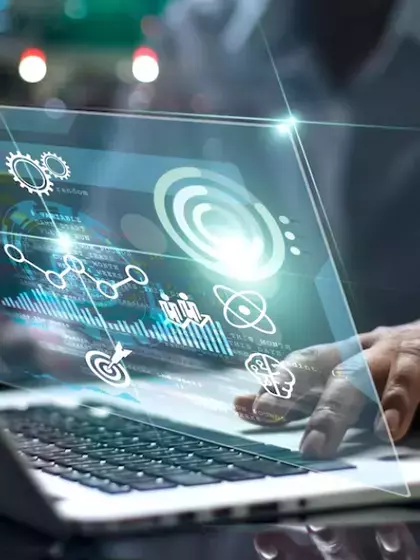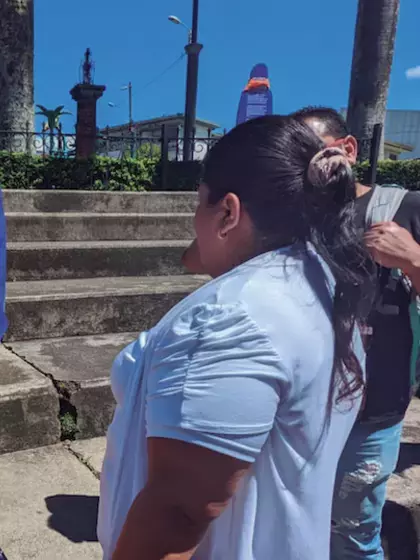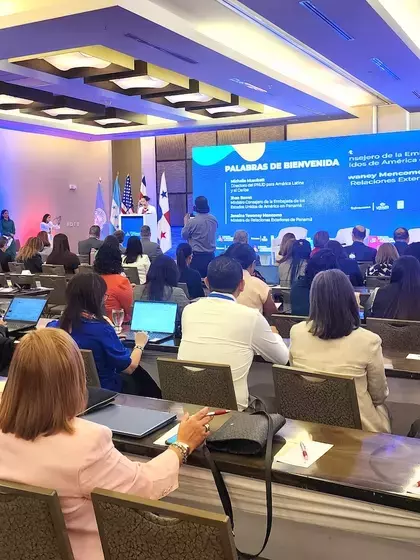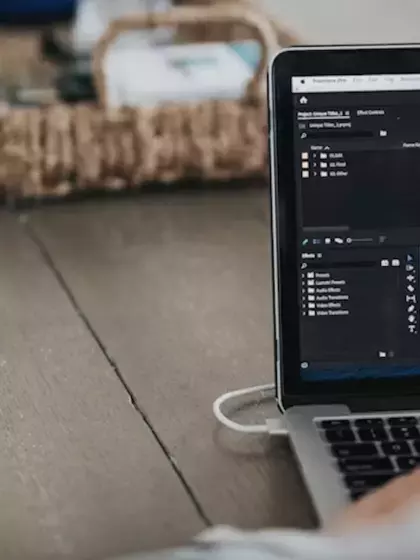Technology Toolkit for Judges 3.0
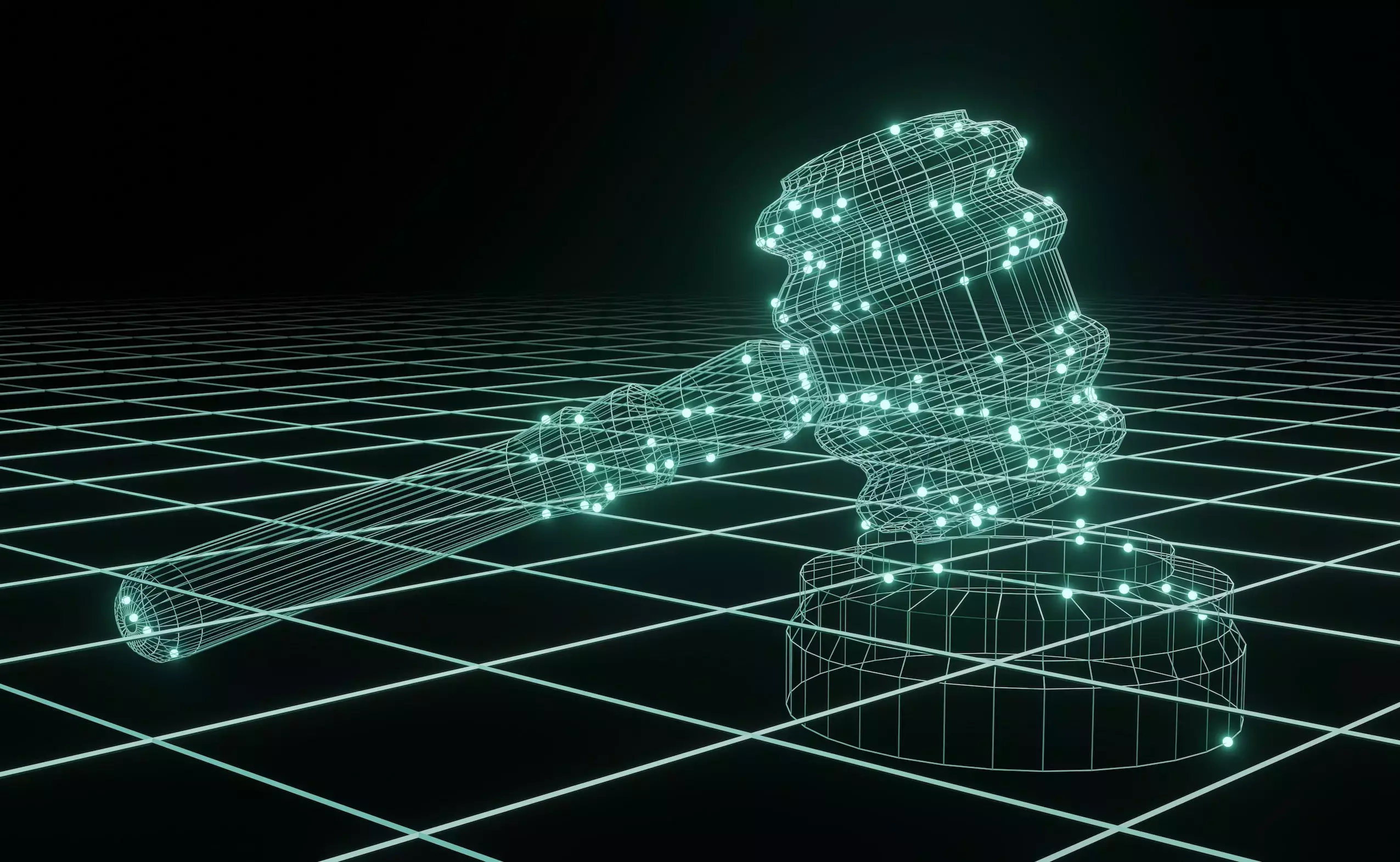
Our lives are immersed in technology. What seemed like science fiction twenty years ago, is the order of the day, both in the personal sphere and professionally. One of the areas that has leveraged the possibilities of the evolution and expansion in the use of the new 3.0 tools is the justice system.
In its effort to assist judges in their transition to the digital world, the UNDP Bangkok Regional Hub launched a toolkit in 2021 as part of a regional project on Judicial Excellence to ensure Justice for All: The Judicial Integrity Network in ASEAN (Association of Southeast Asian Nations).
The objective of each of these tools is to help judges learn how emerging technologies can enhance the judicial process and create an ecosystem where their widespread use in courts is promoted.
Judges can rely on each tool in the toolkit to help in their daily work or managing their court, whether in-person or online. The design also enables regulating bodies to integrate them into the rules governing the judiciary.
Understanding emerging judicial technologies
Digitalization consists of converting existing processes and analogue content into digital formats. This opens a wide range of possibilities, everything from creating online forms or portals to submitting documents online, thus saving time spent travelling to remote courts or hearings, to name a few.
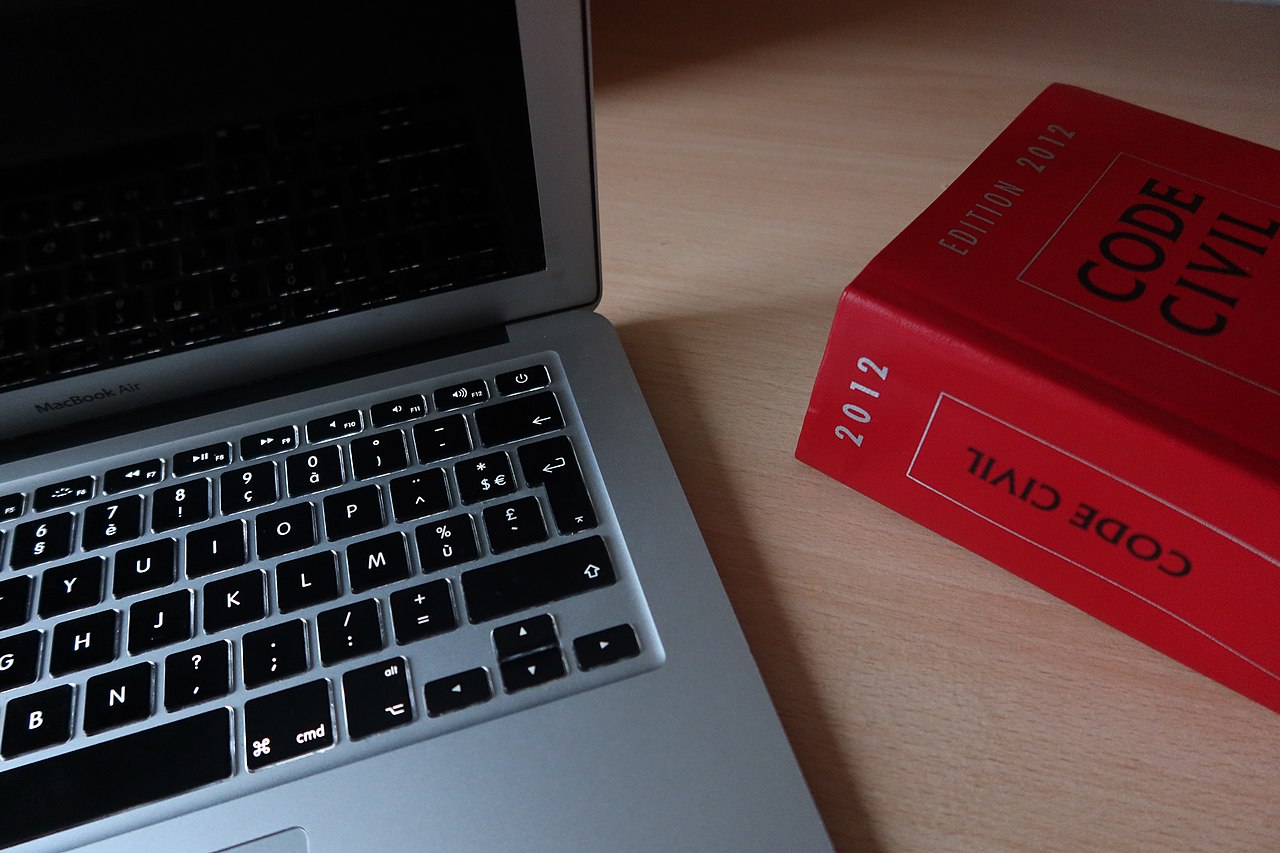
This transformation leads to a profound cultural shift, affecting systems and institutions. Technological change includes user-centred design and tools that enable ways to connect that are different from what had been possible until now. Concretely, in the case of the justice system, this transformation can facilitate shifts towards heightened speed, greater accountability, transparency and accessibility.
What are the areas where new technologies can enhance justice system efficiency and facilitate user access?
In legal-case management, for instance, using digital case files (not physical), saves space in terms of storage and time of retrieval, because it can auto-populate case databases. It also provides multi-user access to forms, evidence, documents, templates or model judgments. It is even possible to view the progress of the cases telematically, ensuring transparency of case progress. An example of this is the system called SIGOBIUS that was set up in Colombia with help from the UNDP. The objective is to systematize judicial documents and create a file to expedite decision making, promote accountability to citizens and keep an institutional record.
In this sense, new technologies make it possible for different areas (court personnel, judges, attorneys, general public, etc.) to access information, keeping personal data and evidence accurate. The Judicial Branch in Cordoba (Argentina) created an app to query case files. Named Mi Justicia (My Justice) it displays the main process data, and state of the court process.
Other areas where new technologies can support judges include virtual court proceedings, using the tools for video hearings, Online Dispute Resolution (ODR) by human decision-makers or video access to in-person courts (for incarcerated litigants, vulnerable witnesses, experts, etc.) The use of these tools became more widespread during the COVID-19 pandemic.
Artificial intelligence, although not very extensive, may be used in online dispute resolution by automated decision-makers (similar to ChatGPT), in preparing pre-drafted judgment templates, bail, sentencing and calculation predictors for judges and lawyers, or judgment result predictors for the general public.
Data reliability is fundamental for the justice system to operate properly. In this sense, InfoSegura, the innovative project by the United Nations Development Programme (UNDP) in partnership with the United States Agency for International Development (USAID), is engaged at the regional level in the collection, treatment and transmission of data on the area of justice.
Some examples of InfoSegura's influence in the region are initiatives like the Judicial Statistics Unit of the Electronic Judicial Documentation and Information Centre (CEDIJ) or the courses on dashboard use for information management delivered to technical staff at the Judicial Centre for Information, Development and Statistics of the Judiciary in the Dominican Republic.
The 3.0 tools allow data to circulate practically in real time to be able to work on statistics with court data (time to trial, resolution rates), user data (inquiries, types of cases, case complexity, demographics, etc.) and to monitor system needs to ensure universal access to justice, notify when there is a lack of resources or if there is a staff shortage. In Brazil, for instance, before the Unified Electronic Execution System (SEEU), the number of criminal sentence administration proceedings was not known. Management was decentralized in seven systems across different states and many processes were only on paper.
New training possibilities are available to the justice system by using chatbots or instructional websites that are updated on an ongoing basis, like the Experience Bank in Argentina that is intended to become a digital repository, making it possible to query online the best practices shared by the different judicial branches in Argentina, several Latin American countries and Europe.
User access to justice is simplified when presenting documents by e-filing and online forms, public access to rulings, etc. In addition, there are two ways that communications improve. On the one hand, tools like WhatsApp enable communication among trial participants when rulings are issued or when there are changes in the proceedings. On the other, the use of instant messaging, email or websites makes it easier to communicate judicial rulings to the public in straightforward language, by way of a tool that is available to everyone.
Lastly, particularly worth mentioning is the use of new technologies for more inclusive and egalitarian access to justice, achieving the United Nations mandate to "Leave No One Behind," the central and transformative promise of the 2030 Agenda for Sustainable Development and its Sustainable Development Goals (SDGs).
In this sense, artificial intelligence may, for instance, track breaches in collective rights of vulnerable populations (gender-based violence, LGBTI+, ethnic minorities, etc.). Moreover, implementing means of access for people with disabilities or for those who benefit from language interpretation and translation, are steps towards real equality. One example is the Gender Attitude Transformation Course (GAT course) delivered in Argentina with the help of the UNDP. The objective of the project is to change the way attorneys relate to their cases through a learning methodology based on an innovative virtual experience, with two priority lines of work: victims of human trafficking for the purpose of sexual exploitation and victims of domestic violence.
The 3.0 tools enable legislators to monitor equal access to justice for human rights defenders and ensure proceedings are transparent through ruling certification, sentence compliance, sentence duration, appeals, possible reports of abuse, etc. In Colombia, the LEGALAPP (web portal and mobile app) has been operational for some time. The objective is to promote accountability in the Judicial Branch, and enable the public to access information about services in the justice system. And in Brazil, the Unified Electronic Execution System (SEEU) provides appropriate management of data of imprisoned inmates and it issues notifications to judges on the progress of sentences, preventing rights violations.
The tools are on the table. Now, it is up to the countries to provide the means so that the justice sector can reap the benefits of the technological revolution.

